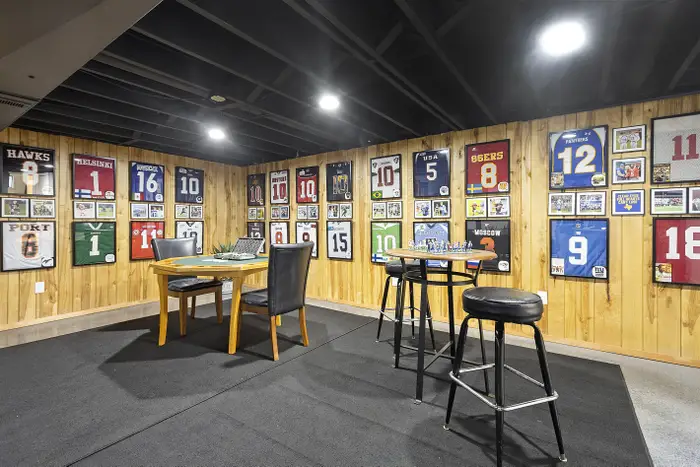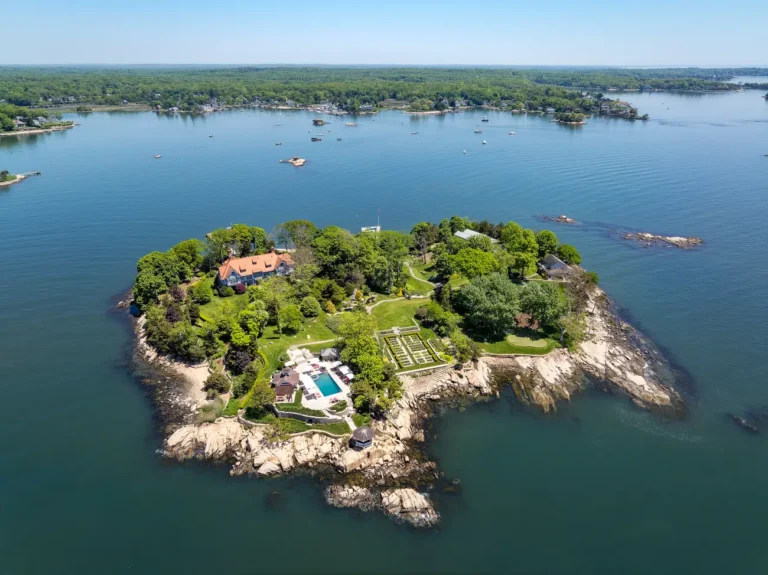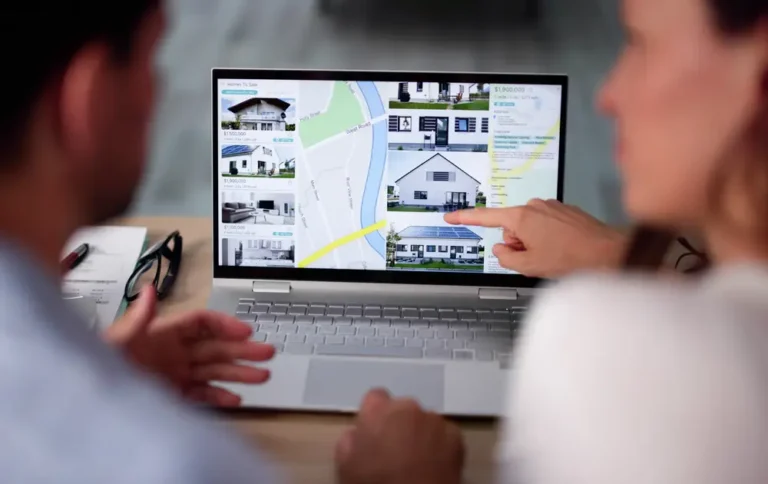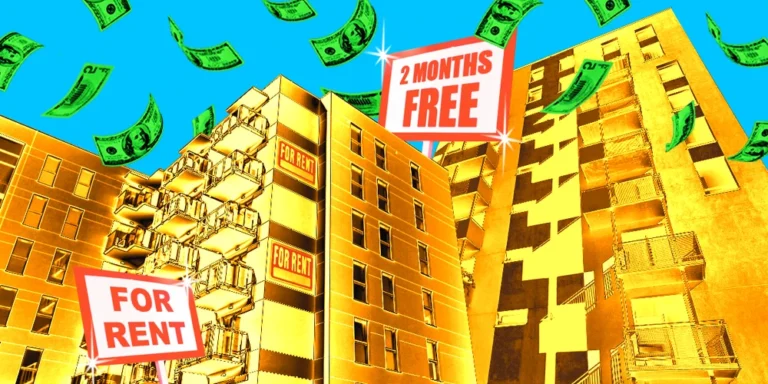Trump’s tariffs are starting to bite American builders
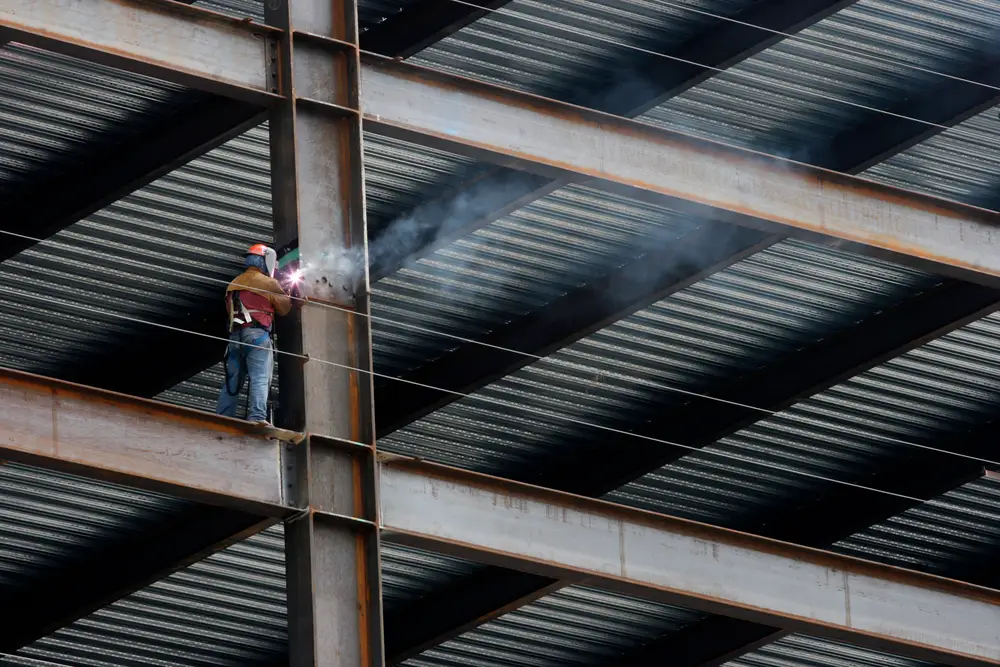
President Donald Trump had promised to rev up the economy by imposing tariffs on foreign goods and materials.
Instead, the duties are heaping new costs on commercial real estate development projects in the US as prices have risen sharply for core building components like steel, aluminum, copper, and tiling.
Joseph Taylor, the CEO of Matrix Development, a New Jersey-based warehouse developer, said that his company has run into a consequence of the tariffs: a jump in the cost of the steel it’s buying to erect a warehouse in Newark, New Jersey.
“I can tell you steel is up 8 to 10%” for the project, Taylor said, adding that the increases had driven up the planned building’s costs by about $2 million.
Another developer planning to build a more than $100 million warehouse outside Washington, DC, said that Nucor, a North Carolina-based steel manufacturer he’d tapped to make the structural beams for the project, alerted him in recent days that the cost of his $12 million order could rise by 15%.
The developer was able to lock in his original price because he’d already ordered the steel, but he anticipated the project’s construction costs could rise by about 10% overall because of the effect of tariffs on other materials, such as steel rebar for the project’s concrete foundation, and rising prices for insulation and roofing.
The developer said that the increases would eat into his forecast returns for the development.
“It’s going to be harder to get new projects going,” the developer said.
The person did not want to be identified because he said he is negotiating with other suppliers and doesn’t want to tip his hand on where he anticipates price increases.
The prices of commodity goods, such as metal and common fabricated products like rebar and steel wall framing that are used in real estate development, are affected by global markets, industry experts say. The tariffs have pushed up costs, even for goods made domestically.
“What you did is you hamper competition, so the domestic people simply just raised their price where they can,” said Dain Drake, a principal at DeSimone Consulting Engineering, whose focus includes sourcing structural steel for commercial development.
The Trump administration in February announced a 25% duty on foreign-made steel and aluminum imports, which went into effect on March 12. Trump has explored tariffs on other important building materials, including copper, which is widely used in plumbing and electrical systems.
The increases haven’t been reflected yet in data that tracks materials costs, but many in the industry say builders are beginning to experience sticker shock.
Drake said that quotes for fabricated steel he’s helping to procure for the expansion of a manufacturing plant in the Houston area have risen by 20% recently — in line with steel increases he has seen across the market. The contractor, which will have to pass the cost onto the customer, was surprised and “not happy,” he said, when he reported the new quote.
Drake said that such escalations could affect whether projects proceed.
“It hasn’t shut things down yet, but that conversation’s going to manifest,” he said.
More expensive ceiling tiles and lighting systems
The effects of the tariffs have been felt not just in ground-up development but also in the multibillion-dollar industry for interior work and renovations.
Richard Jantz, an executive at Cushman & Wakefield who leads its project and development services team in the tristate region, said that a large office tenant recently paused a roughly $20 million renovation of a space it occupies in Manhattan because of cost increases related to the tariffs.
The duties have cascaded through the supply chain, Jantz said, raising the price of items like ceiling and acoustic tiles that often use fiberglass made in China or lighting systems that can have internationally sourced components. The Trump administration has imposed a 20% tariff on imports from China.
Ceiling tile systems often use steel or aluminum grids to suspend them, so those are getting more expensive too, builders say.
Jantz said that construction costs in New York City have been rising by about 3% on average a year for decades. He predicted an increase of around 5% this year.
“That is largely based on the tariffs and a little bit of reflation that we’re seeing,” Jantz said, referring to domestic manufacturers and suppliers who’ve opportunistically raised prices because foreign competition has grown more expensive.
The higher costs have also hurt the construction of apartments, as B-17 reported in February.
A lack of clarity on tariffs
Trump’s return for a second term in the White House was met with widespread optimism across the commercial real estate industry. But a turbulent month and a half in office has rattled investors.
Trump has upended global alliances by placing tariffs on close US trading partners, including Mexico, Canada, and Europe. As major stock indexes have tumbled as a result of his policies, Trump suggested he was willing to accept a contraction in US growth to meet his objectives, telling Fox News that the country may endure a “period of transition.”
He’s also zigzagged on major policy announcements, which has disoriented executives and raised uncertainty in the business sector. For instance, he announced a 50% tariff on Canadian steel on March 11, only to reverse his decision later the same day.
Construction experts say that those whiplash moves encourage developers to wait on the sidelines in the hope that other tariff decisions will also be pulled back.
“The lack of clarity on the tariffs and the resulting impact of those tariffs, it’s driving uncertainty,” Joseph Mizzi, the president of Sciame Construction, said. “If someone has to guess with a lack of certainty, they’re typically going to — in the contracting world — guess in a more conservative way.”
Mizzi said that he and other contracting executives he’s talked to are growing concerned about the situation. He said the industry had expected an upswing in construction in 2025 after a few years of diminished activity in the sector brought on in part by higher interest rates.
“We lay in bed at night thinking about things that might happen,” Mizzi said. “So, yeah, it’s on our radar for sure.”

